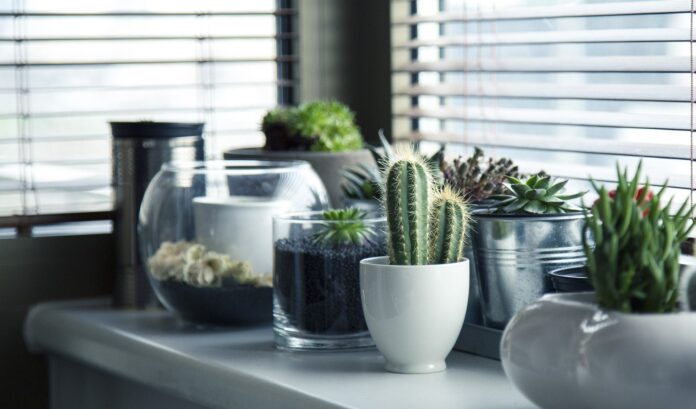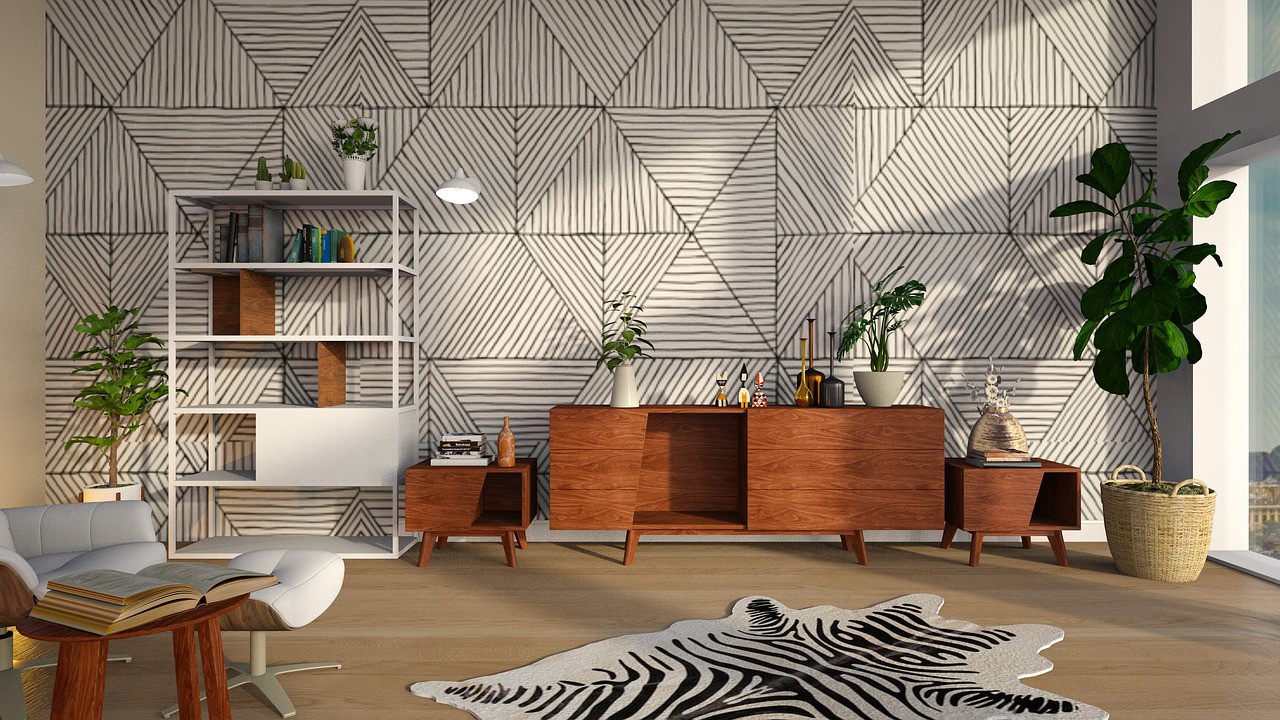With all industries looking to reduce their carbon footprint and become more eco-friendly, how can we help to make the world of interior design greener and more sustainable? Whether you’re part of a team of professional interior designers in Melbourne or you’re just thinking about doing a DIY home makeover yourself, below is some great advice on how to make your interior design eco-friendlier.
Use Natural Decoration
Instead of buying endless decorative products made from plastic, silicone, porcelain and wood, and instead just letting nature do the talking with some nice plants. Not only do they look great and come in a huge variety of sizes, colours and shapes, but they also help to oxygenate the room, filter out harmful substances from the air, and add a sense of calmness and serenity that artificial decorative items just can’t match. Some plants will also add a natural scent to the room, which enhances the overall ambience.
If air quality in particular is a concern for you, then the best options are lilies, bamboo palm and also gerbera daisies. These are the most effective at filtering the air and adding more oxygen. Don’t presume that you also need a green thumb to manage these plants effectively. Many of the best house plants are also very low maintenance, just requiring the occasional watering.
Let There Be (Natural) Light
You can’t help the need for lighting in the evening, but you can minimize your energy footprint by ensuring that your design facilitates the most possible natural daylight when it’s daytime. Bigger windows with minimal curtain/blind coverage are the best way to ensure this. If the room previously had bulky large curtains with a huge pelmet at the top, you could swap it for a simpler design that allows even more light in when curtains are open.
The more natural light gets in, the less need you have for lamps and ceiling lights. If you can make the room light enough in early mornings and late afternoons, then you can significantly cut down on energy use.
Avoid VOCs
Volatile organic compounds, also known as VOCs are chemicals that are often found in household paint, adhesives, cleaning products and even your air fresheners, carpets and the furniture you’re sitting on. They are effective for their primary purpose, but the problem is that they can evaporate at room temperature and thus get into our eyes and throat where they can cause irritation, headaches, nausea and worse.
Therefore, when choosing furnishings, paints, carpets and other items to go into a newly refreshed and redesigned room, try to favour as many products as you can that are either low in VOCs or, better yet, free of them altogether.
Go All Natural
Besides eliminating VOCs, you should also try to keep your choices of fabrics, finishes and furnishings to those that are made from natural materials. The more you can avoid plastics and synthetic materials, the greener your space ultimately becomes. Natural materials like bamboo, for instance, are particularly good because it is an eminently sustainable material that is easily replaceable because it grows so much faster. It’s also abundant, unlike some of the specialty woods that people choose hewn from increasingly rare trees in Africa and Asia. If in doubt, look for the Forest Stewardship Council (FSC) certification label on goods and materials.
Marble and stone are also great alternatives to plastics and synthetic wood products when choosing things like tables, fireplaces, countertops and more.
So, by sticking with natural and sustainable materials, reducing energy requirements and making ‘nature’ the theme of your decorative items, you can achieve a much greener and environmentally sound effect on your next makeover.



















